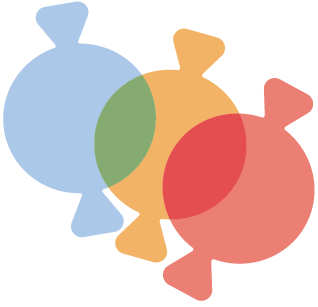How AAC and scanning give voice to those with mobility concerns
High tech augmentative communication is powerful. These programs and devices allow people who struggle to communicate to vocalize their thoughts and feelings and make their voices heard.
But what if pressing buttons on a board is beyond a person’s ability? What if the fine motor skill needed to get a finger onto a specific square just isn't there.
That is where scanning and switches come in -- and boy do they broaden the AAC picture in a fabulous way.
Many AAC programs, like CoughDrop, can be set to function in scanning mode. This means that instead of having the program sit still and wait for a person to hit a specific button, the system highlights alternating sections of speech boards which can then be selected and each button in that area can be presented to the user so he or she can choose the words to say.
The scanning feature can be adjusted to allow communicators to scan by row, column, region, or button by button. Users can activate audio scanning if they need to hear each option voiced in order to select a word. The scanning speed and mode of selection can also be modified to fit the needs of the communicator.
While scanning choices can be made by pressing keys on a keyboard or tapping anywhere on a screen, you can also attach a switch to a device and use that while in scanning mode. A switch allows a user with mobility struggles to make selections using AAC without having to tap a specific button or place on the screen. Instead, they press or move the switch to indicate their choice.
There are many different kinds of switches for many different mobility concerns. Switches can be mounted for head, elbow, or foot use. Some switches can even be maneuvered by a person's mouth or tongue. When connected to a speech device, these pieces of assistive technology can help a person find their voice using AAC. And a voice is a pretty incredible thing.
Learn more about setting up your CoughDrop account to function in scanning mode here.

